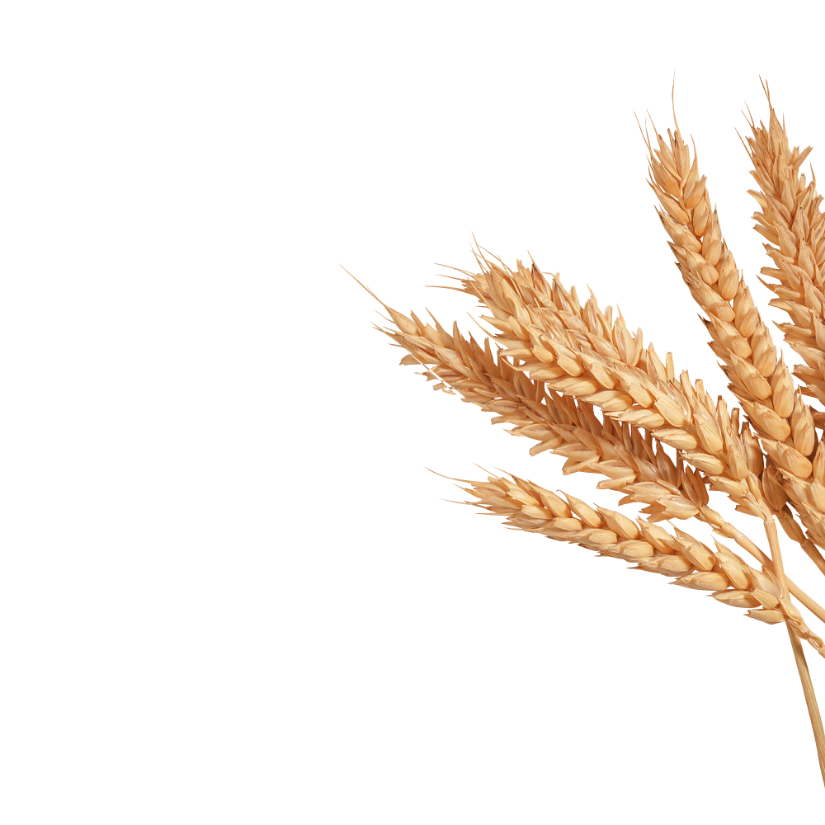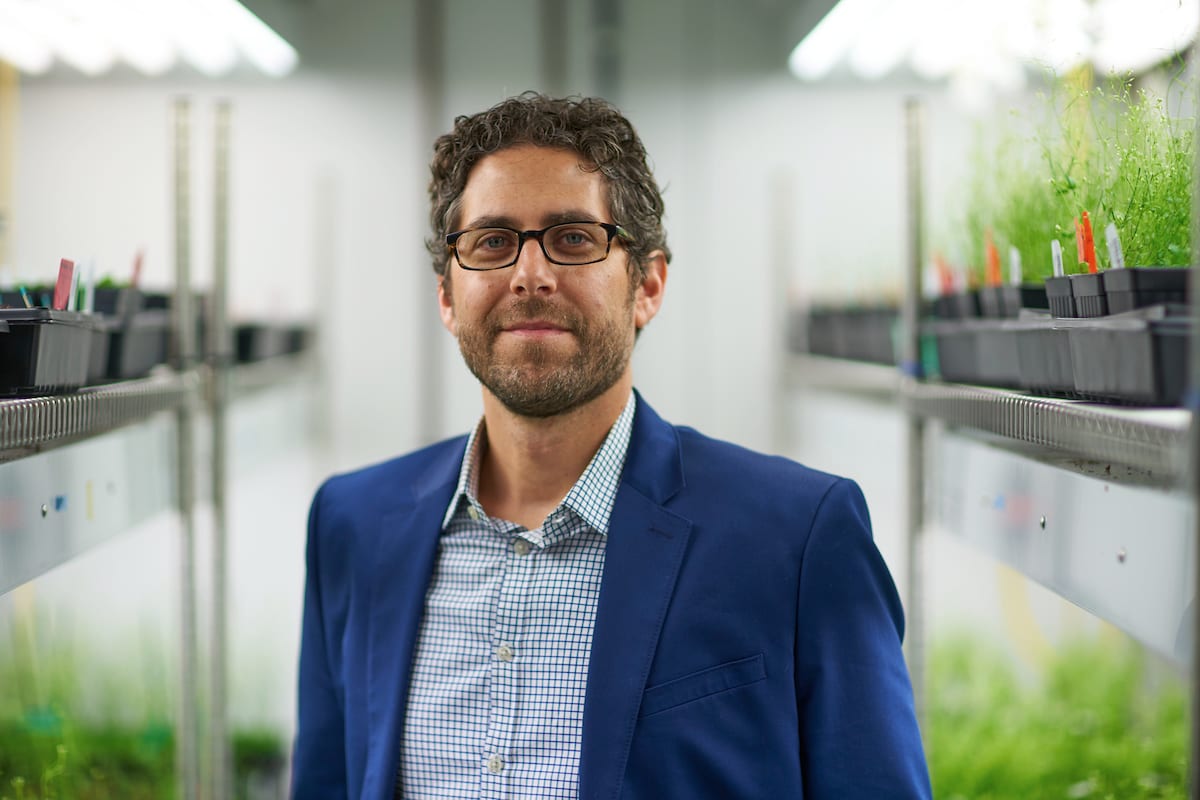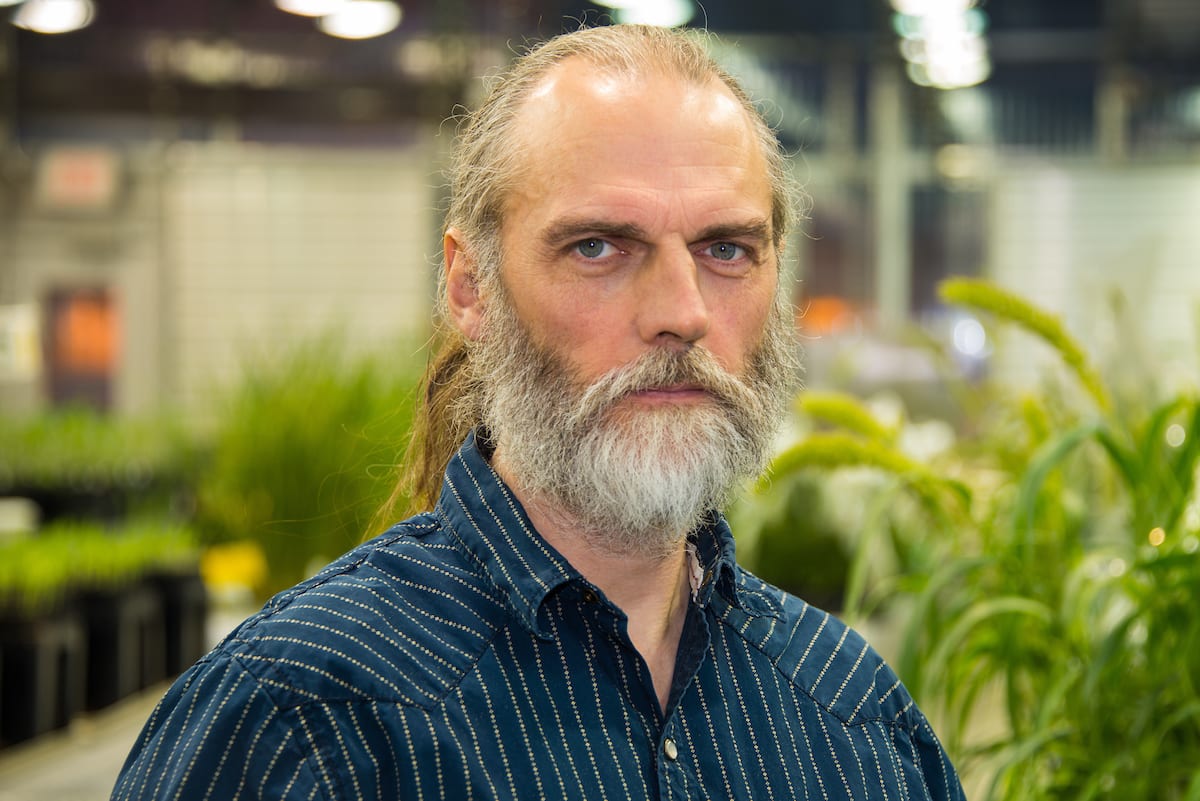Erin Sparks, PhD, never expected to become a plant scientist. Growing up in East Moline, Illinois, the home of John Deere Harvester Works, and surrounded by farmland, she was immersed in the worlds of plants and agriculture from a young age. Despite this, she spent her time in higher education studying biomedical engineering, certain her career path would stay rooted in medical science. But after finishing her PhD, that began to change.
As she was exploring postdoctoral options, she met her husband, whose family ran a cattle farm, and became fascinated with the science and technology behind the crops that are grown to feed livestock. The experience ignited an interest in the complexity and sophistication of agricultural systems. Then, she came across a paper on the “lateral root clock” in plants. The research caught her attention because it drew parallels to her own graduate work on signals that regulated somitogenesis—an essential process for forming vertebrae. The similarity between these plant and animal biological systems made her very interested in convergent evolution: the idea that living systems have settled on common logic for their developmental programs. One of the authors on the paper was hiring for a postdoc position.
“I applied on a whim, and my postdoc was completely revolutionary in my training experience,” Erin explained. “I somewhat stumbled into plant science, and I found an amazing and supportive community of plant scientists who were generous and creative and working to improve plants. The community is a big part of why I love this field.”
From Interest to Impact
When it came time to launch her own lab, Erin wanted to pursue something that merged her engineering roots with her newfound love of plant science.
In 2017, Erin started her lab focused on developmental biomechanics in plants, specifically studying the brace roots of maize (aerial roots that grow from the stem above the soil). While it was long suspected that these roots helped stabilize tall plants like corn, there was not much empirical data to support that idea. Erin and her team set out to learn more and built a research program that spans molecular development, genetics, engineering, and applied plant biology.
Today, the Sparks Lab designs and builds custom tools to measure plant mechanics—how stiff a plant is, how much force it can withstand, and how those mechanical traits vary across genetic lines and developmental stages. They also investigate the molecular and genetic pathways that control these traits, aiming to understand how plants anchor themselves and resist lodging (the technical term for falling over). The stakes are high. When a plant collapses in a storm, the damage can be severe—lost crops for farmers, toppled trees damaging homes, or compromised infrastructure in managed landscapes. Erin’s team has helped shape this area of study into a growing and interdisciplinary field.
“I’m addicted to discovery,” she said. “There’s nothing more exciting than getting a result you didn’t expect—something that forces you to rethink everything, ask new questions, and build new ideas.” She especially values those moments when her hypotheses are wrong. “That means there’s still so much more to learn.”
For Erin, the heart of her lab isn’t just the science—it’s the people. “I’m most proud of the students and researchers who have come through my lab. Watching the next generation of scientists grow, find their voices, and succeed is the best part of what I do.”
Fun Fact
Outside the lab, Erin is an enthusiastic cook and baker who loves to tackle complex dishes. “The more intensive and excessive the recipe, the better,” she said. When she’s not experimenting in the kitchen or the lab, she’s likely spending time with her two bullmastiffs—gentle giants who bring a lot of love into her life.


